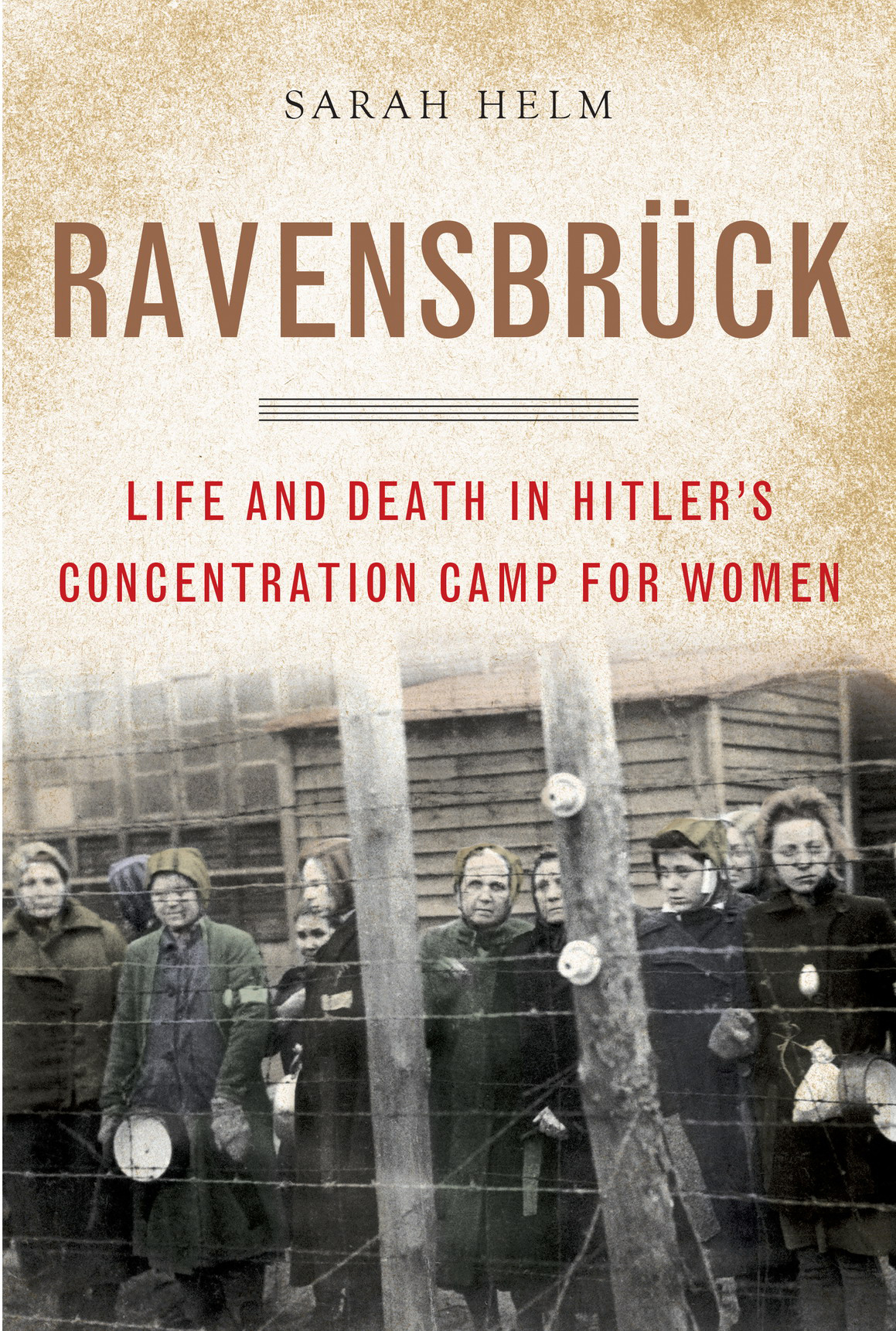
Ravensbruck
Life and Death in Hitler's Concentration Camp for Women
- اطلاعات
- نقد و بررسی
- دیدگاه کاربران
نقد و بررسی

Starred review from February 2, 2015
Former journalist Helm (A Life in Secrets) seamlessly combines oral and written accounts of prisoners and female guards in this well-researched, chronological narrative of the “only Nazi concentration camp built for women.” Heinrich Himmler had chosen the forested, lakeside site north of Berlin for its “natural beauty,” and it came to house a variety of female prisoners—only about 10% were Jewish—including Polish countesses, British spies, Gypsies, resistance fighters, and common criminals. Liberated by the Soviets in 1945, Ravensbrück’s location in the new East Germany meant that, for the West at least, it essentially “disappeared from view.” Helm rectifies this historical void, immersing readers in the stories of individuals and groups to capture not only horrific and graphic depictions of torture and murder, but also the humanity of the women and their desire to survive in the midst of dehumanization, factional fighting, and starvation. While some—like the communists—were honored in East Germany, Helms also describes acts of courage from the “asocials and criminals,” now-nameless prostitutes, and Jehovah’s Witnesses. This book deserves significant attention, both for Helm’s notable interviews of aging witnesses and as a beautifully written history of events that offers additional insight into Nazism and those caught in its path.

March 1, 2015
In this study of Ravensbruck, the only Nazi concentration camp specifically for women, located in northern Germany, Helm (A Life in Secrets) delivers a detailed analysis of the institution's history, the geographic and administrative origins of its staff, and profiles of many of the camp's prisoners. The book is particularly strong in providing descriptions of the texture of daily camp life; indeed, the reader can almost feel inmates' backbreaking labor as well as the causal sadism of the guards and medical staff. Perhaps the most fascinating aspect of Helm's investigation is that in the midst of Nazi brutality, the captives were beset by extreme factionalism. For example, one German communist repatriated by the Union of Soviet Socialist Republics to Nazi Germany after the Nazi-Soviet Pact (1939), was accused of being a Trotskyite and blackballed by the other communists for criticizing Stalin. VERDICT Helm begins with the dubious assertion that the story of Ravensbruck is largely unknown, despite the existence of more than a dozen monographs and memoirs about the facility. Despite this, her work, which is based on extensive archival research and oral histories, will likely become the standard account. Highly recommended for all libraries. [See Prepub Alert, 5/19/14.]--Frederic Krome, Univ. of Cincinnati Clermont Coll.
Copyright 2015 Library Journal, LLC Used with permission.




دیدگاه کاربران